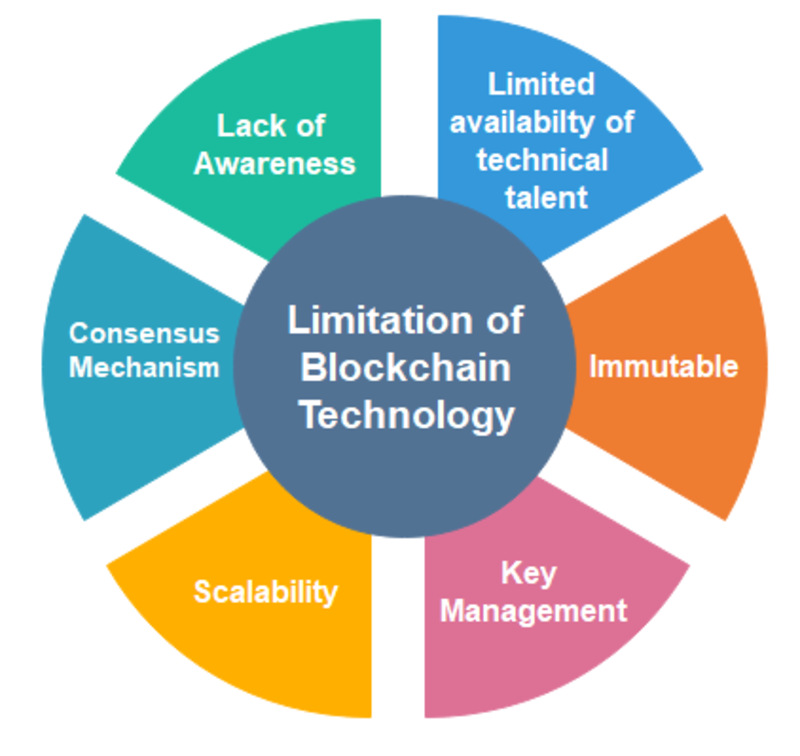Blockchain is a type of digital ledger that is decentralized, which means it records transactions across numerous computers. It does this in a transparent, secure, and unchangeable manner. Each block within the chain contains a cryptographic hash of the previous block as well as transactional data. These together form an ordered sequence.
The Mechanism Behind Blockchain
Transactions are confirmed and put into the blockchain by mining. Mining is a process where powerful computers work on difficult maths puzzles, which validate and make sure that transactions are safe. Once these transactions get verified, they become part of blocks in the chain.
The blockchain functions with a method of agreement, so every person within the network must consent to the correctness of transactions. This agreement process removes middlemen from the picture, making transactions less expensive and more effective.
- Consensus Mechanism: Blockchain consensus mechanisms vary, with Proof of Work (PoW) being the most common. PoW requires miners to compete to solve complex mathematical puzzles, with the first one to solve it verifying and adding the block to the chain.
- Cryptographic Hash Functions: Each block in the blockchain contains a unique cryptographic hash of the previous block, creating a secure and tamper-proof link between blocks.
Key Components of Blockchain

Blockchain technology has three crucial features: decentralization, transparency, and immutability. It being decentralized signifies that no one body has control over the network, resulting in increased security and dependability. The aspect of transparency allows all involved parties to observe transactions happening instantly, encouraging trustworthiness and responsibility. Immutability means that any recorded transaction on the blockchain cannot be changed or removed.
Smart contracts, which are contractual agreements with their terms written into code, form an important part of blockchain technology. These contracts manage themselves and automatically carry out the agreement's conditions, not requiring middlemen to oversee or enforce the deal. This feature significantly diminishes chances for deceit and fraud in business transactions.
- Smart Contracts: Smart contracts are programmable contracts that automatically execute and enforce the terms of an agreement when predefined conditions are met. They enable trustless and transparent transactions, reducing the need for intermediaries.
- Cryptographic Signatures: Each transaction on the blockchain is secured with cryptographic signatures, ensuring the authenticity and integrity of the transaction data. These signatures provide a unique identifier for each participant, preventing unauthorized access to the network.
Applications of Blockchain in Finance
Blockchain may change several parts of the financial sector, such as payments, clearing and settlement, identity confirmation, and smart contracts. This technology has the power to transform traditional financial services by making processes simpler, decreasing expenses, and minimizing fraud risks.
A crucial use of blockchain in finance is seen with cross-border payments. The classic method for international transfers often requires many days to settle and carries high charges. However, systems built on blockchain deliver transactions almost instantly while costing only a small portion, making it possible to process cross-border payments quicker and cheaper.
- Cross-Border Payments: Blockchain technology facilitates faster and cheaper cross-border payments by eliminating intermediaries and reducing transaction costs. This innovation is particularly beneficial for individuals and businesses conducting international transactions.
- Asset Tokenization: Blockchain enables the fractional ownership of assets through tokenization. This allows investors to buy and sell fractions of assets, such as real estate or stocks, making investment opportunities more accessible and liquid.
Challenges and Limitations

Blockchain, even with all its potential, has some difficulties too. These are issues about how big it can grow (scalability), getting along with other systems (interoperability), rules and laws (regulatory concerns), and using up a lot of power (energy consumption). Scalability: This term indicates the capacity of a blockchain network to process numerous transactions efficiently. Interoperability: It refers to the ability of different blockchain platforms to be compatible, enabling them to communicate and share data easily.
Energy usage is another big difficulty linked with blockchain, especially in Proof of Work (PoW) agreement methods. The process of mining needs huge amounts of computer power which raises worries regarding the environmental effects of blockchain networks.
- Environmental Impact: The energy consumption of blockchain networks, particularly those using PoW consensus mechanisms, has raised concerns about their environmental sustainability. Efforts are underway to develop more energy-efficient consensus mechanisms, such as Proof of Stake (PoS), to mitigate these concerns.
- Regulatory Uncertainty: The regulatory landscape surrounding blockchain is still evolving, creating uncertainty for businesses and investors. Clear and consistent regulations are essential for the widespread adoption of blockchain technology and the development of innovative applications.
Advancements in Blockchain Technology
The technology of blockchain keeps changing and getting better, as new advancements improve its features and increase possible uses. Innovations like solutions for scalability, protocols of interoperability, plus privacy improvements are pushing forward the following stage in the development of blockchains.
Another important progress in blockchain technology is the rise of layer 2 solutions. For instance, Raiden Network for Ethereum are off-chain scaling solutions that allow quicker and more expandable transactions by conducting them away from the main blockchain, decreasing congestion along with its related costs.
- Layer 2 Solutions: Layer 2 solutions are designed to improve the scalability and efficiency of blockchain networks by moving some transaction processing off-chain. This approach allows for faster transaction throughput and lower fees, addressing some of the scalability challenges facing blockchain platforms.
- Privacy Enhancements: Privacy is a critical consideration in blockchain technology, particularly in financial applications where confidentiality is paramount. Advancements in privacy-enhancing technologies, such as zero-knowledge proofs and ring signatures, are making blockchain transactions more confidential and secure.
Future Outlook
With the ongoing development of blockchain technology, its use in the finance field is likely to grow. Innovations like DeFi (decentralized finance), CBDCs (central bank digital currencies), and NFTs (non-fungible tokens) are molding the coming time of finance. However, dealing with problems related to rules, making better scalability, and encouraging compatibility will be very important for using blockchain fully in the finance area.




